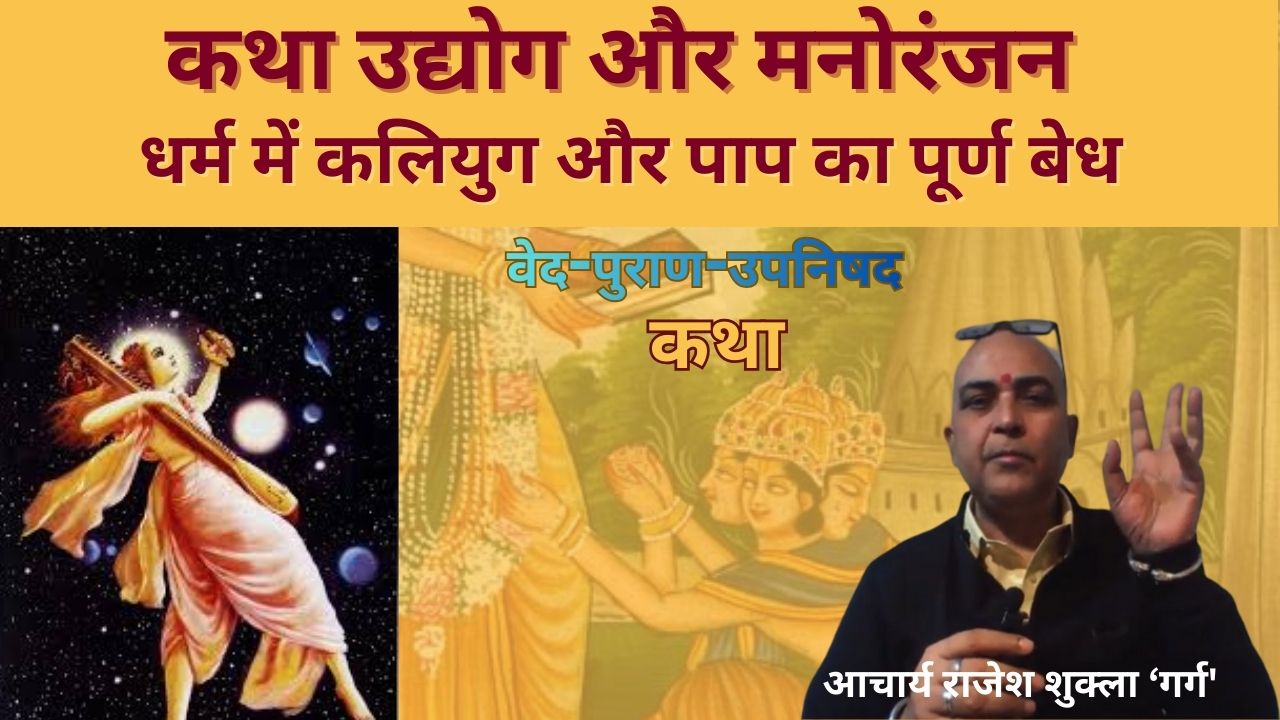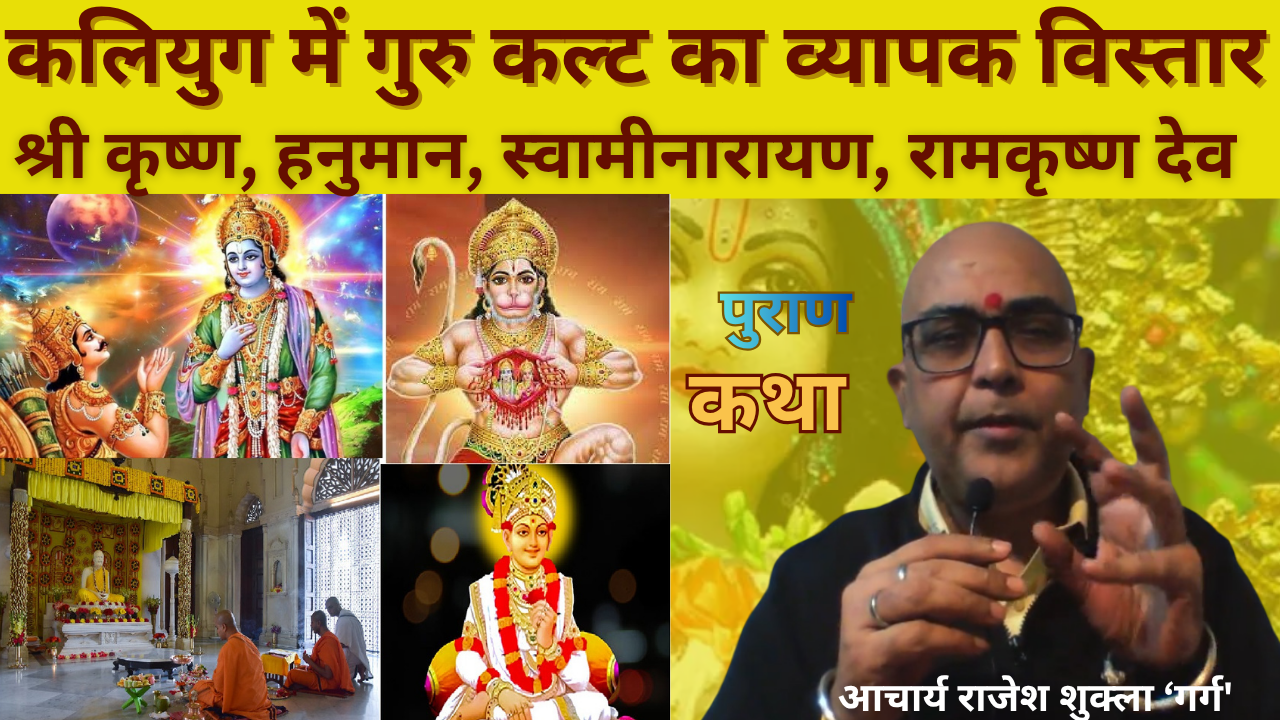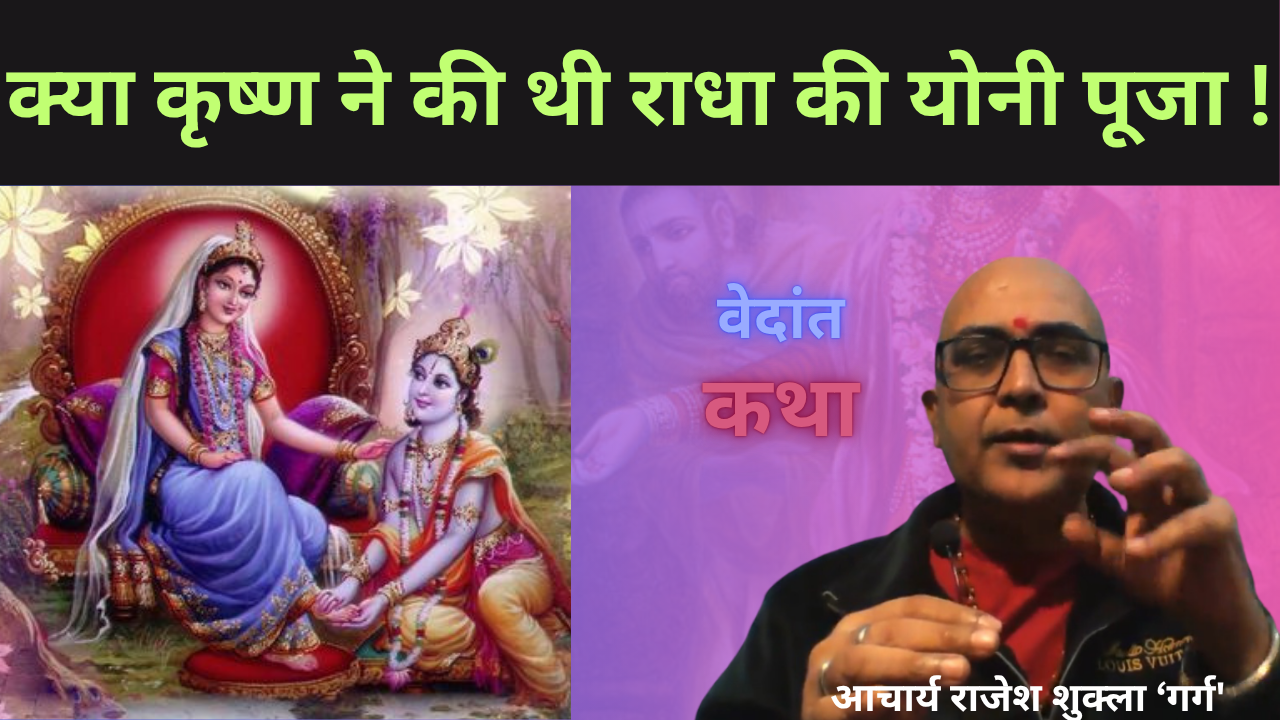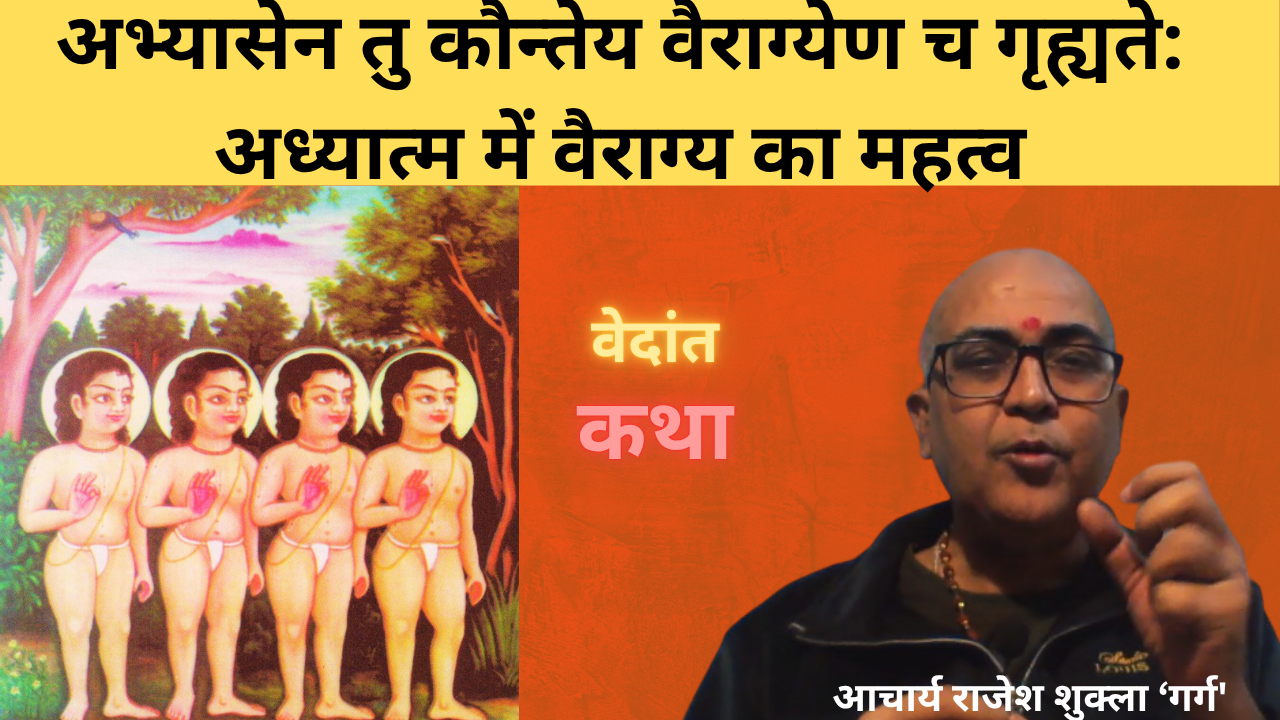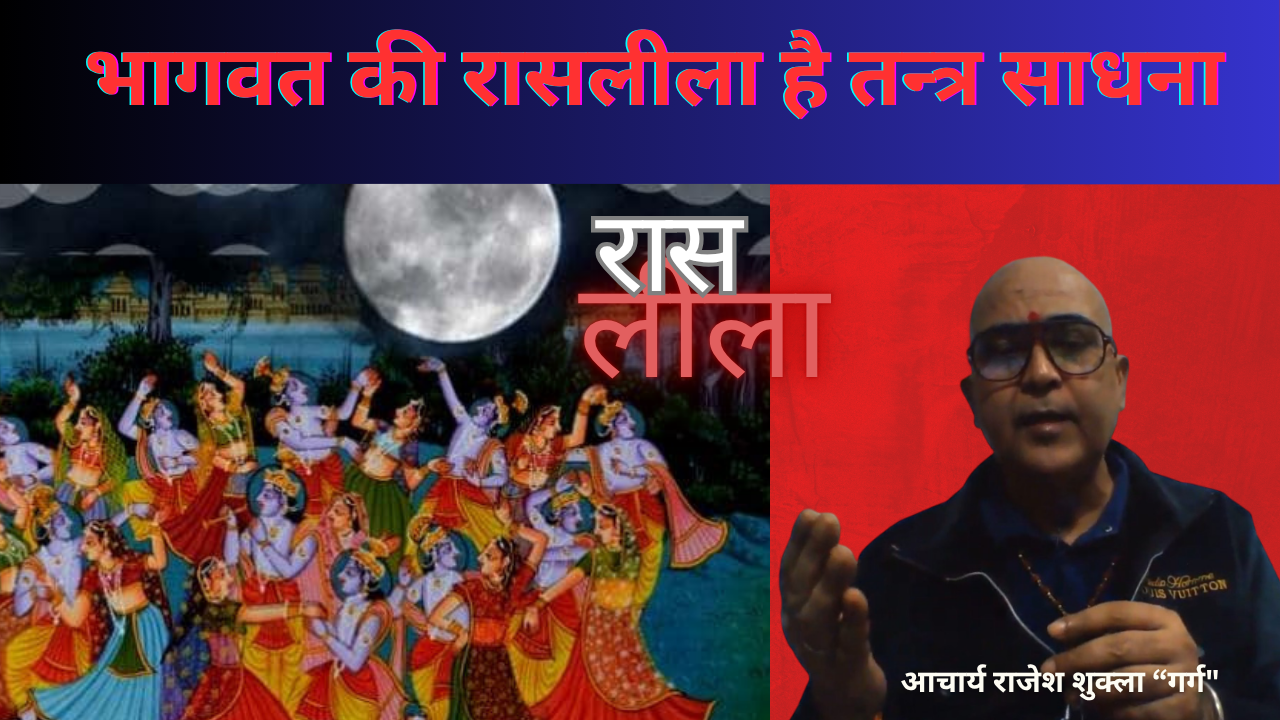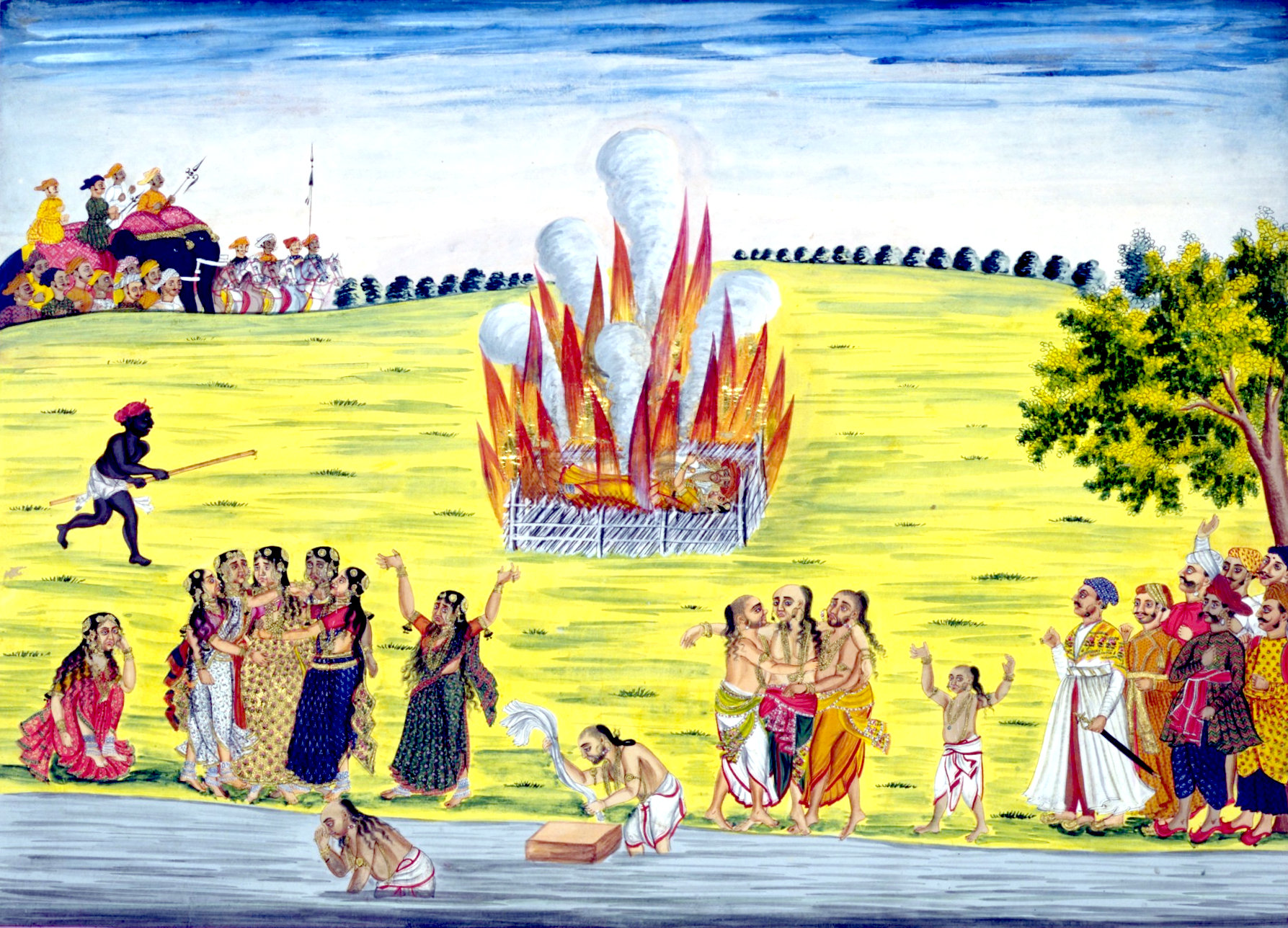
I suppose I really loose interpretation of ‘work’ because I think that just being alive is so much work at something you don’t want to do. Being born is like being kidnapped.
-Andy Warhol
It is not surprising that suicide-once a crime, since it was a way to usurp the power of death which the sovereign alone, whether the one here below or the Lord above, had the right to exercise—became, in the course of the nineteenth century, one of the first conducts to enter into the sphere of sociological analysis; it testified to the individual and private right to die, at the borders and in the interstices of power that was exercised over life. This determination to die, strange and yet so persistent and constant in its manifestations, and consequently so difficult to explain as being due to particular circumstances or individual accidents, was one of the first astonishments of a society in which political power had assigned itself the task of administering life. -Michel Foucault
There’s only one way to confront the line and straddle it: you go all the way to death, to suicide, but, as Foucault said in a strange conversation with [Werner] Schroeter, suicide then becomes an art that take an entire life.
-Gilles Deleuze
Every event is like death, double and impersonal in its double. It is the abyss of the present, the time without present with which I have no relation, towards which I am unable to project myself. For in it I do not die. I forfeit the power of dying. In this abyss they die – they never cease to die, and they never succeed in dying.
– Deleuze writes in his book ‘What is Philosophy’.
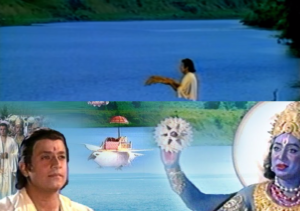
Now this article I am going to write is the beginning of the conversation on Suicide. Let me first quote what Hindu scripture tells us and then later we will try to know why Hindu dharm-shastra does not allow masses to commit it.
Here are verses from Jabala Upanishad where Yajnavalkya prescribes liberation by committing suicide –
अथ हैनमत्रिः पप्रच्छ याज्ञवल्क्यं पृच्छामि त्वा याज्ञवल्क्य अयज्ञोपवीति कथं ब्राह्मण इति । स होवाच याज्ञवल्क्यः । इदमेवास्य तद्यज्ञोपवीतं य आत्मापः प्राश्याचम्यायं विधिः परिव्राजकानाम् ।
Then Sage Atri asked Yajnavalkya: May I ask you, Yajnavakya, how is one without sacred thread considered a Brahmin? Yajnavakya replied: The conviction that he is the Self (Atman) is his sacred thread. If he is not a Brahmin and takes renunciation he shall sip water three times. This is the procedure enjoined on those who renounce worldly life (or who want final liberation) ..Sage continues-
वीराध्वाने वा अनाशके वा अपां प्रवेशे वा अग्निप्रवेशे वा महाप्रस्थाने वा ।अथ परिव्राड्विवर्णवासा मुण्डोऽपरिग्रहः शुचिरद्रोही भैक्षणो ब्रह्मभूयाय भवतीति । यद्यातुरः स्यान्मनसा वाचा संन्यसेत् । एष पन्था ब्रह्मणा हानुवित्तस्तेनैति संन्यासी ब्रह्मविदित्येवमेवैष भगवन्याज्ञवल्क्य ॥(Those who are not entitled to take formal Sanyasa, may however, seek liberation or moksha) from the path of the brave (in battle field as Krishna teaches Arjuna in Bhagavad Gita) or fast (unto death as spiritual discipline), or enter into waters (in holy river or in ocean),or enter into a blazing fire; or undertake the great journey (to a remote and inaccessible sacred place, from which no return) ..In case a person entitled for Sanyasa, then the wandering monk, wearing ochre garment, with head shaven, excepting nothing (except food required for bodily sustenance), being pure, injuring none(in thought, deed and word), living on alms, becomes fit to realize Brahma. By following this path as told by Brahma, a Sanyasin realizes Brahman. (Atri approvingly appreciates and says) ‘Thus indeed it is, surely, Yajnavakya.”
There are ample examples of five given path of liberation-
In Battle field – Arjuna, Karna etc.
Through Fast – Chandragupta Maurya
Entering into Waters -King Rama and his brothers
Entering into fire – Kumaril Bhaata of Purva Mimamsa and Sati (and entire Sati cult)
Undertaking great Journey – Adi Shankaracharya, Pandavas
In next article, I will tell you what Dharmasashtras, Smritis and Puranas say about it.


